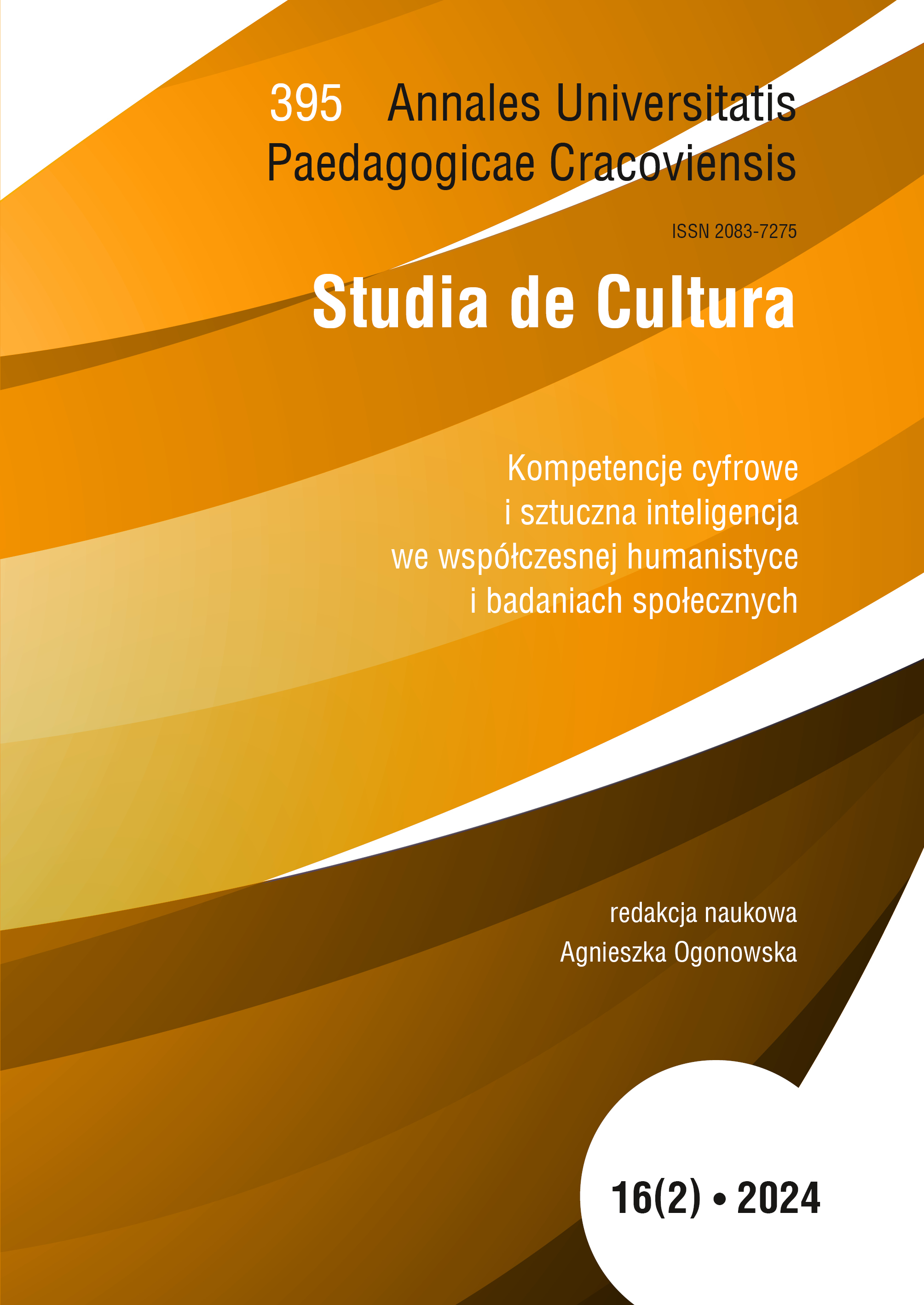Digital and print media texts and their comprehension by young adults – preliminary research results
Digital and print media texts and their comprehension by young adults – preliminary research results
Author(s): Katarína Fichnová, Łukasz Wojciechowski, Edita Štrbová, Györgyi JankováSubject(s): Education, Psychology, Visual Arts, Communication studies
Published by: Wydawnictwo Uniwersytetu Komisji Edukacji Narodowej w Krakowie
Keywords: communication; comprehension; digital; media; readability index; text;
Summary/Abstract: The purpose of this article is to identify differences in the comprehension of print and digital media texts among young adults. This is due to the paradigm of transactional communication models (Yaros 2009 et al.), which assumes interaction between the medium and the audience, which corresponds to current changes in the media environment (Herkman 2008) and the accelerated digitization of mass media. The discussion of interaction with electronic texts and hypertexts (Singer 2017; Mangen 2013; DeStefano 2007 and others) opens up new research horizons and topics. Researchers from abroad (Norway, UK, etc.) have reported conflicting results regarding the level of comprehension of print and digital media texts, due to the length of the text, type of digital medium, target groups, etc. The recent COVID-19 pandemic has highlighted the importance of digital communication in both media and other areas (education). In order to solve the formulated research problems, a descriptive-mapping and correlation research plan was developed, using a standardized method adapted to the digital environment. A total of 486 respondents were surveyed, 173 of whom met the criteria for participation in both measurements, with an average age of 21.82. The results (compiled using MS Excel and SPSS software) show that there is no difference in the level of comprehension of media texts presented in print and digital form. At the same time, we found that although the values of correlation coefficients indicate that a higher level of text difficulty can lead to lower text comprehension scores (negative “r” values), a higher level of text difficulty is not related to the level of text comprehension. The results are discussed, not only limitations but also broader contexts (e.g., non-cognitive factors) are considered, and some implications for media practice and education are proposed.
Journal: Studia de Cultura
- Issue Year: 16/2024
- Issue No: 2
- Page Range: 33-49
- Page Count: 17
- Language: English

